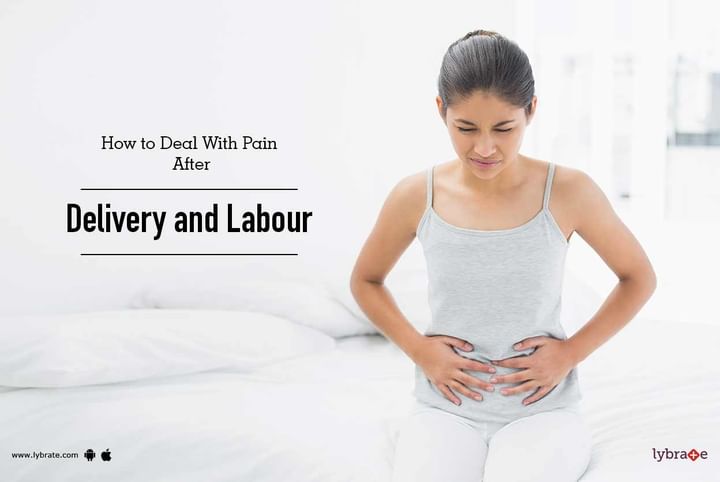How to Deal With Pain After Delivery and Labour
Pregnancy brings with it not only joy and celebrations, but also a lot of physical pain for the mother. This is not unexpected as the body has gone through a lot of transformation to nurture the baby within for almost 9 months and then finally deliver the baby. Whether it is a natural delivery or cesarean section, the immediate period after childbirth has a lot of pain to manage. Let us look at some of the major pains and ways to manage them - broadly categorized into abdominal and breastfeeding pain.
Abdominal pain. In the abdominal area, there are different areas that experience pain due to different reasons and need to be managed well.
Incision pain: If you had a cesarean section, then the incisions will itch and pain. Pain killers can be used for relief but the incisions will take some months to completely become normal. If there are associated symptoms like redness or bleeding, then it is a cause for concern.
Uterine contractions: With the uterus shrinking back to its original size after delivery, there are lot of contractions which can be painful. This will subside over the next few days but can be severe and take longer for second and third deliveries. This should be completely gone by the sixth week checkup.
Vaginal or perineal pain: If you have had normal delivery, then there would be an enormous amount of pressure in the vaginal and perineal (area between the vagina and anus) areas. There could even be tear in some cases (created by the doctor or accidental during birth) and would need repair. This can be more severe compared to other pains and will take longer to disappear. There could also be dryness in some women. The following will help ease the pain:
- Ease the pressure on the bottom by lying down as much as possible and resting
- Apply a cold gel pad to the area
- Warm baths
- Pelvic floor exercise which help healing by improving blood flow
- Use warm water to wash the area and pat dry to reduce the itching sensation
- Keep the area clean to avoid infection both to yourself and the baby
- opical creams may be used in some areas to relieve both the pain and the itching
Breastfeeding pain: An improper latch (the way the infant sucks) can lead to breastfeeding pain. A lactation consultant or a nurse can help train the mother and the infant. Breasts filled up with milk can also lead to painful, engorged feeling. Breast pumping or hand pumping can help relieve the pain.
These pains, though not deniable, can be managed with a little extra care so you can enjoy the newfound joy of motherhood.



+1.svg)
